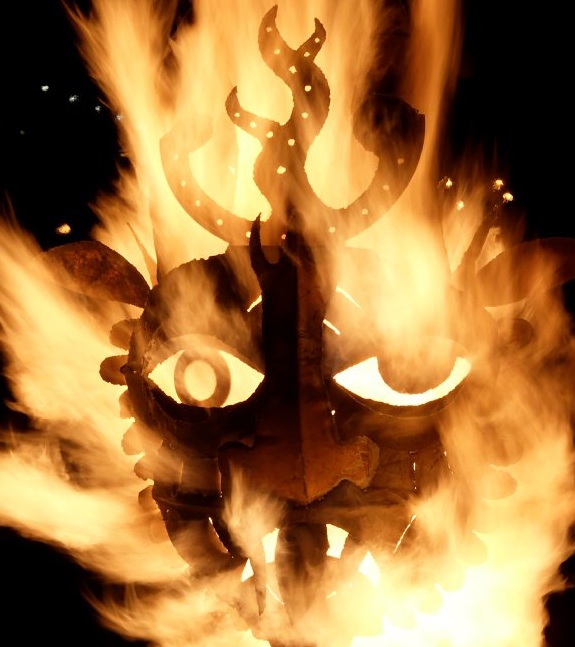Watch Out for All the Holiday Drinking—You Might Spontaneously Combust
In the 18th century, sober citizens and church goers loved to harp on the evils of alcohol abuse, which supposedly could cause a person to randomly burst into flames

Photo: nomadfotog
Or so a physician might warn in 1745. In the 18th century, sober citizens and church goers loved to harp on the evils of alcohol abuse. Perhaps their favorite condemnation against excessive drinking was the threat of spontaneous human combustion—a sudden bursting into flames from within, reducing the drinker to a greasy pile of gin-smelling ash. As Lapham’s Quarterly describes, history saw a number of these so-called combustion cases. Here’s one:
On the evening of June 20, 1745, Countess Cornelia Zangari de Bandi of Cesena, of Verona, burned to death. She was sixty-two years old; she went to bed at a normal hour, but when the maid came in the following morning, she found the Countess’s “corpse on the floor in the most dreadful condition. At the distance of four feet from the bed there was a heap of ashes. Her legs with the stockings on remained untouched and the head half-burned lay between them. Nearly all the rest of the body was reduced to ashes.” The bed was disturbed as if she had just risen from bed, but neither it, nor any other item in the room, showed any trace of fire. The Countess was a known drinker.
By 1799, physicians were on it. They examined enough cases to outline a list of 12 characteristics that put a person at risk for suddenly burning up from the inside out. They were:
1. Victims were older, usually over 60.
2. Victims were overweight.
3. Victims led inactive lives.
4. Victims were alcoholics.
5. Women were more prone to spontaneously combust than men.
6. At the scene there was often an external flame, such as a candle or fireplace.
7. Combustion was extremely rapid.
8. The flames were difficult to extinguish.
9. The flames produced a strong empyreumatic odor.
10. The surrounding room was coated with a thick, yellow, greasy film.
11. The fire usually consumed the trunk of the body, but left the head and extremities intact.
12. Accidents occurred during fair weather, and more often in winter than in summer.
Gin put people most at risk for this gruesome death, followed by brandy, whiskey and rum.
References to spontaneous combustion permeated the literature of the time, including in writings by Charles Dickens, Melville and Thomas de Quincey. By the beginning of the twentieth century, people were beginning to catch on and discredit the phenomena, though it continued to linger on in medical literature. A 1928 medical manual, for example, included the following entry:
Spontaneous combustion of the body, in the sense that the layman attaches to the words, never occurs; but, very rarely, a state of the tissues exists for which Dixon Mann suggests the term preternatural combustibility. The condition has been most frequently noticed in the bodies of fat, bloated individuals who have been excessive drinkers. Probably, in such cases, inflammable gases are generated in the body after death, and, if a light is near, become ignited, leading to a partial consumption of the soft tissues.
In other words, while bursting into flames after indulging in too many shots of Bombay is impossible, 18th century docs might not have been totally off the mark.
More from Smithsonian.com:
Tipsy Gene Protects Against Alcoholism
The Deadly Side of Moonshine
/https://tf-cmsv2-smithsonianmag-media.s3.amazonaws.com/accounts/headshot/Rachel-Nuwer-240.jpg)
/https://tf-cmsv2-smithsonianmag-media.s3.amazonaws.com/accounts/headshot/Rachel-Nuwer-240.jpg)